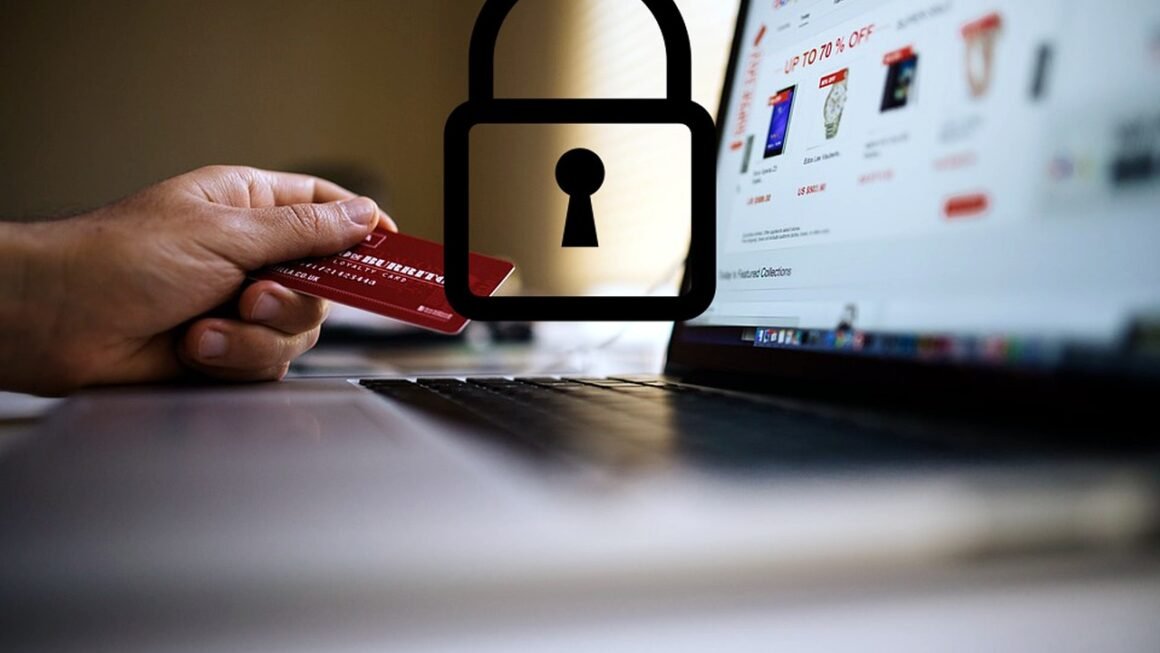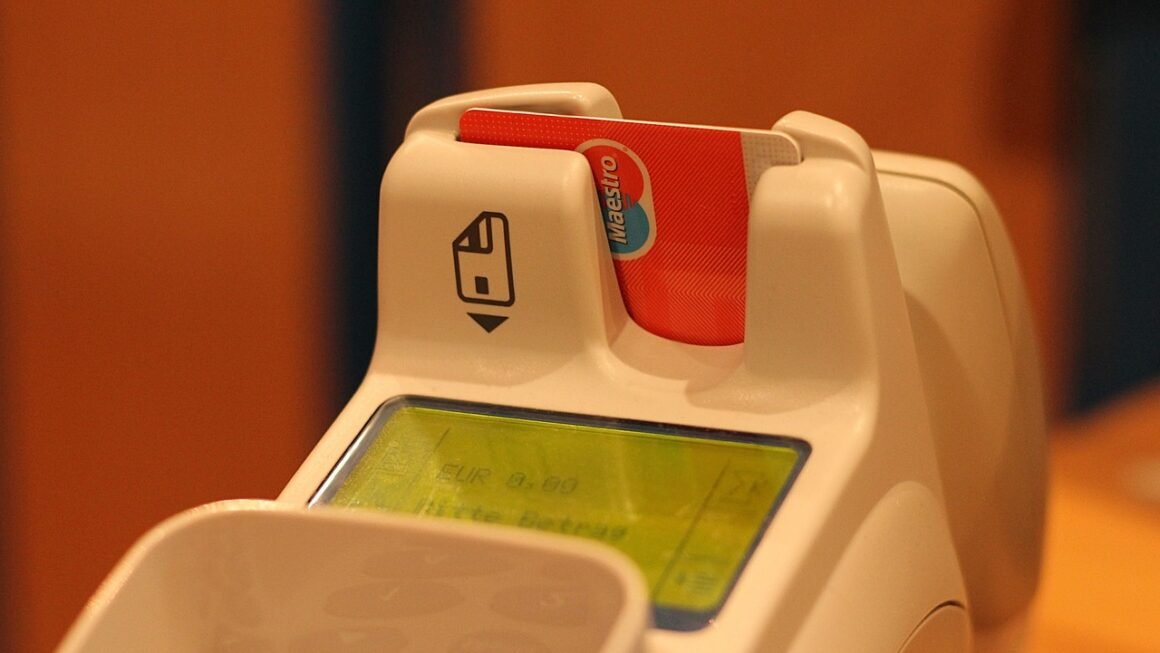Unlock the power of smart shopping and increased value! Product bundling is a strategic marketing technique that offers customers multiple related products together at a single, often discounted, price. This benefits both shoppers, who receive more for their money, and businesses, who see higher sales volumes and average order values. Let’s dive into the world of product bundling and explore how it can revolutionize your shopping experience or supercharge your business strategy.
Understanding Product Bundling
Product bundling is more than just slapping a few items together. It’s a carefully planned strategy designed to increase sales, move inventory, and provide extra value to customers. Think of it as a win-win situation: customers get a better deal, and businesses boost their revenue.
What is Product Bundling?
Product bundling involves offering a set of related products as a single unit for a single price. This can range from simple pairings to complex packages with multiple items. The key is that the bundled price is typically lower than if each product were purchased individually.
- Bundling encourages customers to purchase more than they initially intended.
- It can simplify the purchasing process by offering a curated selection of complementary items.
- It allows businesses to clear out slow-moving inventory by including it in bundles with popular products.
Types of Product Bundles
There are several types of product bundles, each serving a different purpose:
- Pure Bundles: These offer products that are only available as part of a bundle. This strategy is often used for limited-edition items or exclusive collaborations.
Example: A limited-edition video game console only available with a specific game and controller.
- Mixed Bundles: These allow customers to purchase items individually or as part of a bundle. This provides flexibility and caters to different customer needs.
Example: A skincare brand selling individual moisturizers and cleansers, but also offering a bundled skincare routine kit.
- New Product Bundles: This strategy is used to promote new product launches. Bundling a new product with existing popular items can drive initial sales and increase awareness.
Example: A new streaming service offered as part of an internet and cable TV bundle.
- “Buy One, Get One” (BOGO) Bundles: While technically a promotion, BOGO offers are a form of bundling where purchasing one product triggers a discount or free item on a related product.
Example: Buy one shirt, get a second shirt at 50% off.
Benefits of Product Bundling
Product bundling provides a wide array of advantages.
- Increased Sales: Bundles incentivize customers to buy more, leading to higher transaction values. Studies show that bundling can increase sales by up to 30%.
- Higher Average Order Value (AOV): Customers spend more per transaction when purchasing bundles.
- Inventory Management: Helps clear out slow-moving or less popular items.
- Increased Customer Satisfaction: Offering perceived value and convenience boosts customer loyalty.
- Reduced Marketing Costs: Bundles can be marketed as a single unit, reducing advertising expenses.
- Cross-Selling Opportunities: Introduces customers to new products they might not have otherwise considered.
Creating Effective Product Bundles
Crafting a successful product bundle requires careful planning and understanding your customer’s needs. Not every combination will work.
Identifying Complementary Products
The most effective bundles feature products that naturally complement each other and enhance the user experience. Think about how customers use your products together.
- Consider Customer Behavior: Analyze past purchase data to identify products frequently bought together.
- Focus on Problem-Solution Pairings: Bundle items that solve a specific problem or address a particular need.
Example: A home office bundle including a desk, chair, and monitor.
- Create Usage-Based Bundles: Group products that are used together in a specific activity.
Example: A photography bundle with a camera, lens, and memory card.
Pricing Your Bundles
Pricing is crucial to the success of any product bundle. Find the sweet spot that offers value to the customer while maintaining profitability for your business.
- Calculate Individual Product Costs: Determine the total cost of each item in the bundle.
- Offer a Discount: The bundled price should be lower than the combined individual prices to incentivize purchase. A discount of 10-30% is common.
- Consider Perceived Value: Highlight the savings and benefits of the bundle to emphasize its value.
- Test Different Price Points: Experiment with different pricing strategies to find the optimal price point that maximizes sales and profitability.
Marketing Your Bundles
Once you’ve created your bundles, you need to effectively market them to your target audience.
- Highlight the Value Proposition: Clearly communicate the savings and benefits of purchasing the bundle.
- Use Compelling Visuals: Showcase the bundled products in an appealing and informative way.
- Targeted Advertising: Promote your bundles to specific customer segments who are most likely to be interested.
- Bundle Placement: Display bundles prominently on your website and in marketing materials.
- Promotional Offers: Consider offering limited-time discounts or free shipping on bundles to further incentivize purchase.
Real-World Product Bundling Examples
Let’s examine successful product bundling strategies employed by various companies:
Technology and Electronics
- Apple: Offers bundles including iPhones, AirPods, and AppleCare, providing a comprehensive mobile solution.
- Microsoft: Bundles Xbox consoles with popular games and accessories.
Beauty and Personal Care
- Sephora: Offers curated skincare and makeup sets featuring products from various brands.
- Gillette: Bundles razors with blade refills and shaving cream for a complete shaving experience.
Food and Beverage
- McDonald’s: Utilizes value meals that include a main item, side dish, and drink.
- Starbucks: Sells coffee beans with complementary brewing equipment.
Software and Services
- Adobe Creative Cloud: Bundles multiple creative software applications into a single subscription.
- Netflix & Spotify: Offer bundled subscriptions for entertainment.
Potential Pitfalls to Avoid
While product bundling offers significant benefits, it’s crucial to avoid potential pitfalls that can hinder its effectiveness.
Overly Complex Bundles
Bundles with too many items can overwhelm customers and deter them from purchasing.
- Keep it Simple: Focus on bundling essential and complementary products.
- Offer Variety: Provide a range of bundles with different price points and product combinations.
Unrelated Products
Bundling unrelated products can confuse customers and decrease the perceived value of the bundle.
- Focus on Complementarity: Ensure that bundled products are logically related and enhance the user experience.
- Conduct Market Research: Understand your customers’ needs and preferences before creating bundles.
Insufficient Discounts
If the bundled price isn’t significantly lower than the individual prices, customers may not see the value in purchasing the bundle.
- Offer Meaningful Savings: Provide a substantial discount that incentivizes customers to purchase the bundle.
- Highlight the Savings: Clearly communicate the savings associated with the bundle in your marketing materials.
Neglecting Individual Product Sales
Don’t make bundles the only way to acquire certain items. Some customers prefer to buy products individually.
- Offer Flexibility: Allow customers to purchase products individually or as part of a bundle.
- Monitor Sales Data: Track the performance of individual products and bundles to optimize your product offerings.
Conclusion
Product bundling is a powerful strategy for boosting sales, increasing customer satisfaction, and managing inventory. By carefully selecting complementary products, offering attractive discounts, and effectively marketing your bundles, you can unlock significant value for both your business and your customers. Remember to analyze customer behavior, test different bundle combinations, and adapt your strategy based on performance data. With the right approach, product bundling can become a cornerstone of your overall marketing strategy, driving sustainable growth and fostering long-term customer loyalty.



